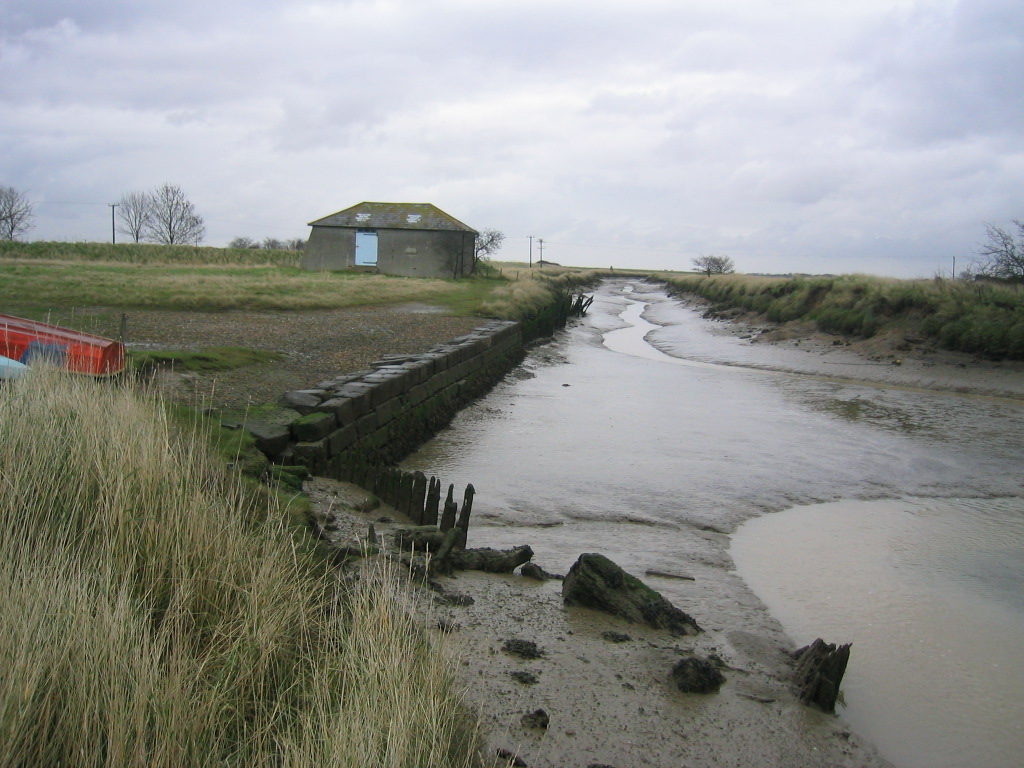England's Historic Seascapes: Southwold to Clacton
Oxford Archaeology (South), 2007. https://doi.org/10.5284/1000277. How to cite using this DOI
Data copyright © Historic England unless otherwise stated
This work is licensed under the ADS Terms of Use and Access.
Primary contact
Oxford Archaeology (South)
Janus House
Osney Mead
Oxford
OX2 0ES
UK
Tel: 01865 263800
Fax: 01865 793496
Resource identifiers
- ADS Collection: 746
- ALSF Project Number: 4729
- DOI:https://doi.org/10.5284/1000277
- How to cite using this DOI
England's Historic Seascapes:
Southwold to Clacton
ALSF Project Number 4729
Oxford Archaeology, 2007
The Naze
- The Naze
- Beaumont Quay
- Hamford Water / Blackford Backwaters
- The Naze Cliffs
- The Naze Tower
- The North Sea Flood of 1953
Beaumont Quay
Beaumont Quay was constructed in 1832 at the head of a cut, taking advantage of a straight, deep channel. The land was owned by Guys Hospital who used the stone of the demolished London Bridge to build the quay. The lime kiln, constructed shortly after the quay survives and has been recommended for scheduling as an ancient monument (www.essexcc.gov.uk). An old Thames sailing barge 'The Rose' launched in 1880, also remains in situ at the quay. Trade had diminished by the early 20th century and Essex County Council bought the surrounding land.

Caption: Beaumont Quay
Photo courtesy: Bill Wilkinson

Caption: The remains of The Rose
Photo courtesy: Bill Wilkinson

Caption: The lime kiln
Photo courtesy: Bill Wilkinson








